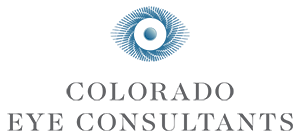
Eyelid surgery is a general term for procedures performed on or around the eyelids. However, it’s essential to understand the distinction between cosmetic and reconstructive eyelid procedures, as they vary significantly in terms of cost, purpose, and process.
Keep reading to learn more about the differences between cosmetic and reconstructive eyelid surgeries and which type of procedure suits your needs.
What are Cosmetic Eyelid Procedures?
Cosmetic eyelid procedures enhance appearance and address age-related changes that don’t interfere with eye function. These surgeries aim to create a more youthful, refreshed look while maintaining natural facial harmony.
Upper and lower blepharoplasty are among the most common cosmetic eyelid procedures. Upper blepharoplasty removes excess skin and fat from the upper eyelids, eliminating the hooded appearance that can make you look tired or older than you feel. Lower blepharoplasty addresses puffiness and bags under the eyes, smoothing the transition between the lower lid and cheek.
Eyebrow lifts also fall into the cosmetic category. As you age, the brows can descend, creating a heavy or sad expression. A brow lift repositions the eyebrows to a more youthful position, opening up the eye area and softening forehead lines.
These cosmetic procedures typically aren’t covered by insurance because they address aesthetic concerns rather than medical problems. Patients often pursue cosmetic eyelid surgery to look more rested, reduce signs of aging, or simply feel more confident in their appearance.
What are Reconstructive Eyelid Procedures?
Reconstructive eyelid surgery corrects functional problems that interfere with vision, eye protection, or comfort. These procedures restore normal eyelid anatomy and function, often after injury, disease, or due to age-related changes that affect eye health:
Entropion Repair
Entropion repair addresses a condition where the eyelid turns inward, causing lashes to rub against the eye surface. This can cause constant irritation and tearing, leading to corneal damage if left untreated. The surgical correction repositions the eyelid to its normal outward orientation, protecting the eye and eliminating discomfort.
Ectropion Repair
Ectropion repair addresses the opposite problem, where the lower eyelid turns outward, leaving the eye exposed and poorly lubricated. Patients with ectropion often experience excessive tearing, redness, and an increased risk of infection. Surgery restores the eyelid’s proper position in relation to the eye.
Ptosis Repair
Ptosis repair corrects drooping of the upper eyelid that can obstruct vision. While some patients seek ptosis surgery for aesthetic reasons, many require it because the drooping eyelid blocks their upper visual field, making daily activities such as reading or driving difficult.
Post-MOHS Reconstruction
Dr. Rebhun at Colorado Eye Consultants also specializes in reconstructive surgery following MOHS procedures for skin cancer removal on the eyelids and face. After cancer removal, careful reconstruction restores function and appearance, requiring specialized expertise in eyelid anatomy and facial aesthetics.
Which Procedure is Right for Me?
During your consultation at Colorado Eye Consultants, Dr. Rebhun takes time to understand your specific concerns and goals. He examines your eyelids and surrounding structures, assessing functional and aesthetic aspects.
For patients with drooping eyelids, Dr. Rebhun performs visual field testing to determine whether the condition affects their vision. He also evaluates eyelid position, muscle function, and skin laxity. This thorough assessment helps determine whether your concerns are cosmetic, reconstructive, or a combination of both.
Does Insurance Cover Both Cosmetic and Reconstructive Eyelid Procedures?
Insurance coverage differs significantly between cosmetic and reconstructive procedures. Reconstructive surgeries that correct functional problems or repair defects from injury or disease are typically covered by insurance. Similarly, entropion repair, ectropion repair, and ptosis repair generally qualify for coverage.
Cosmetic procedures, such as upper and lower blepharoplasty performed solely for aesthetic purposes, along with brow lifts, are typically not covered by insurance. Patients often pay out of pocket for these aesthetic enhancements.
However, the distinction isn’t always clear-cut. Upper blepharoplasty can be either cosmetic, reconstructive, or a combination of both, depending on whether excess skin obstructs vision. Colorado Eye Consultants works with patients to document medical necessity when applicable and provides clear information about costs for cosmetic procedures.If you’re considering eyelid surgery or have concerns about eyelid function or appearance, schedule a consultation at Colorado Eye Consultants in Littleton, CO, to explore your options.

